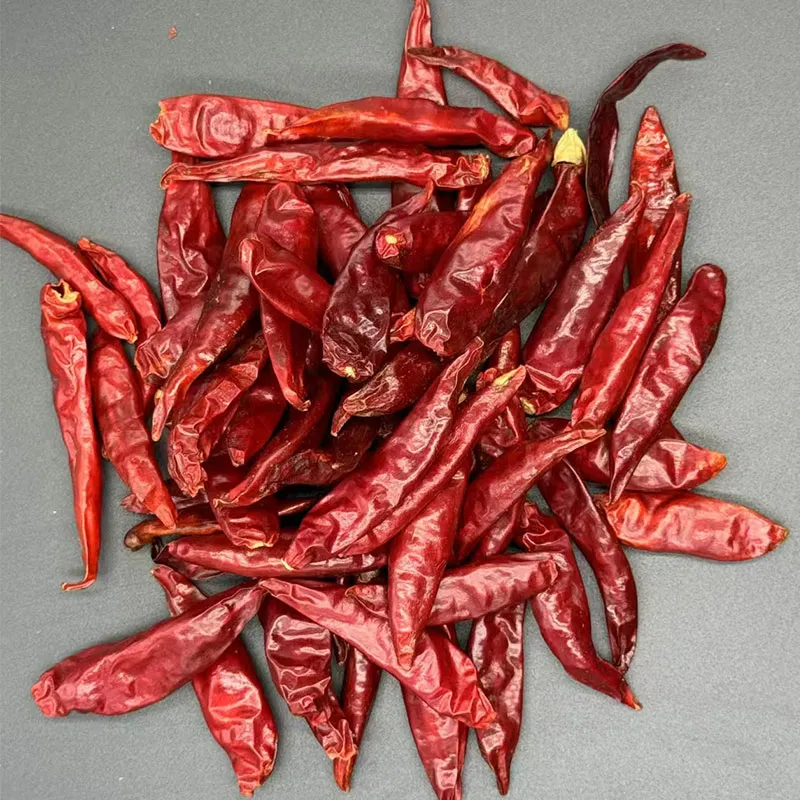- No. 268 Xianghe Street, Economic Development Zone of Xingtai city, Hebei 054001 China
- Byron@hbhongri.cn
paprika e160c
Exploring Paprika E160c The Natural Colorant
Paprika, a spice made from the dried and ground fruits of Capsicum annuum, is valued not only for its flavor but also for its vibrant color, which ranges from bright red to deep orange. Among its various uses, paprika serves as a natural colorant in the food industry, known by its additive code E160c. This article delves into the characteristics, benefits, and applications of paprika E160c, highlighting its significance in both culinary and commercial contexts.
Exploring Paprika E160c The Natural Colorant
The color of paprika is primarily attributed to the carotenoids present in the spice, particularly capsanthin and capsorubin. These carotenoids not only contribute to the spice's rich color but also offer antioxidant properties. Antioxidants play a vital role in combating oxidative stress in the body, potentially reducing the risk of chronic diseases. The inclusion of paprika E160c in food products can therefore enhance not just their visual appeal but also their nutritional profile.
paprika e160c

In the food industry, paprika E160c is widely used in a variety of products. It can be found in sauces, soups, snacks, dairy products, and meats, where it adds not only a pleasing color but also a hint of flavor. For instance, it is a key ingredient in well-loved dishes like paella, goulash, and various curry recipes. The versatility of paprika E160c allows food manufacturers to use it in different ways, whether as a coloring agent to enhance the visual appeal of processed foods or as a flavor enhancer in savory dishes.
Moreover, paprika E160c is particularly popular in the meat industry. It is often used in the curing process of meats such as sausages and salami, imparting not only its characteristic color but also contributing to the traditional flavor profiles that consumers expect. The bright red hue can indicate the quality and freshness of the product, making it a vital component in meat presentation.
In addition to its culinary uses, paprika E160c holds potential in other industries. For example, it can be utilized in cosmetics and personal care products, where its vibrant color can enhance the aesthetic appeal of items like lipsticks and lotions. Furthermore, as sustainability becomes a central theme in beauty and health products, incorporating natural colorants like paprika is gaining traction among brands seeking to appeal to environmentally conscious consumers.
In conclusion, paprika E160c is much more than a simple colorant; it embodies the intersection of health, safety, and visual appeal in food products. Whether enjoyed in a delicious dish or found in a cosmetic formula, the use of this natural additive continues to rise alongside a growing consumer preference for authenticity and natural ingredients. As awareness of its benefits spreads, paprika E160c is set to remain a staple in both culinary and commercial applications.
-
The Versatile Uses and Benefits of Capsicum Frutescens Oleoresin and ExtractsNewsJun.03,2025
-
Paprika&Chili Products Enhancing Flavor and Wellness in Every BiteNewsJun.03,2025
-
Paprika Extract and Capsicum Applications in Food and IndustryNewsJun.03,2025
-
Exploring the Benefits and Uses of Turmeric Powder and Curcumin ExtractNewsJun.03,2025
-
Discover the Bold Flavor of Premium Chilli Powder from ChinaNewsJun.03,2025
-
Capsicum Oleoresin Extract: A Potent Natural Ingredient in Modern ApplicationsNewsJun.03,2025







